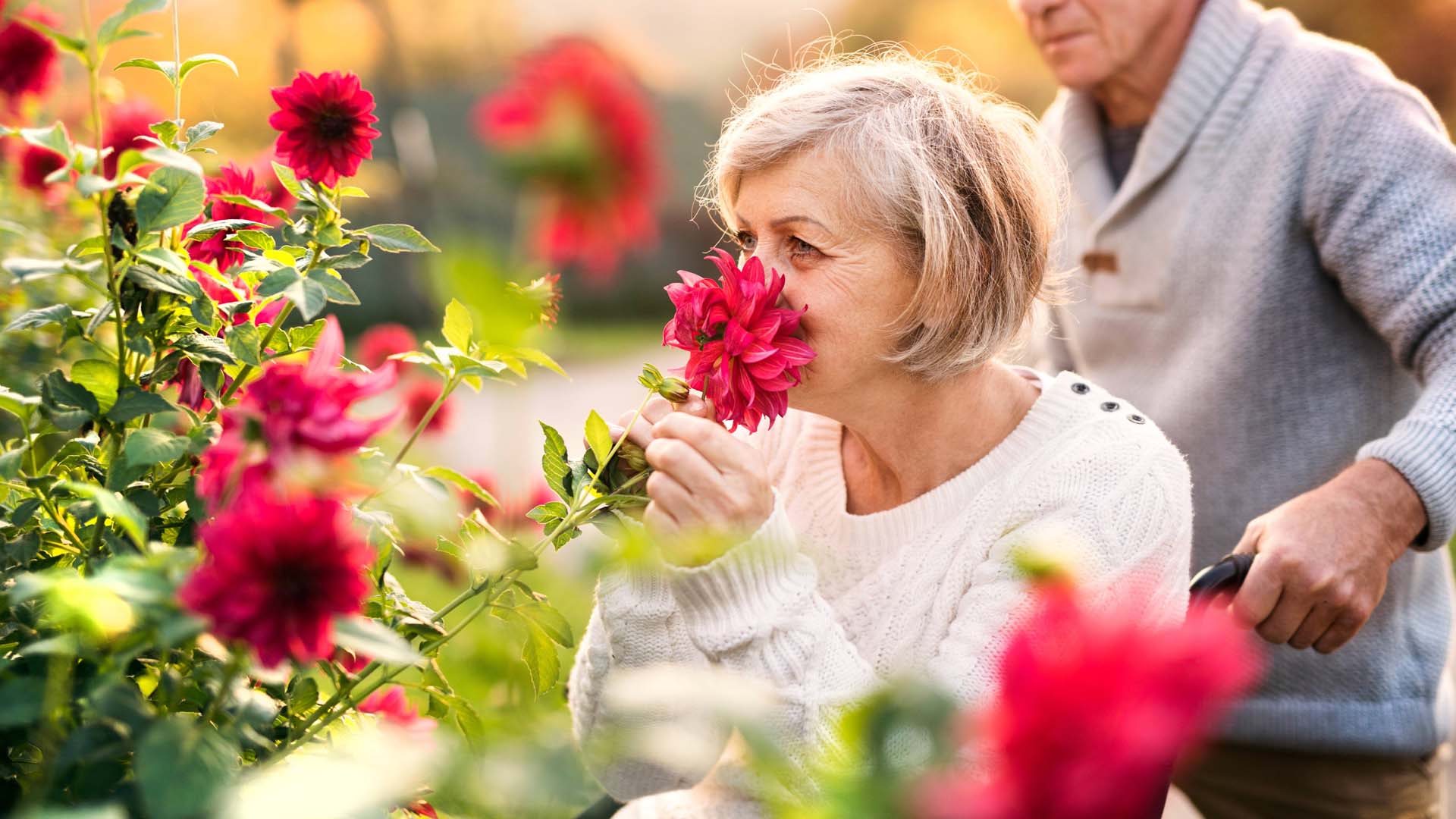
Any garden, big or small, has all the key elements you need to create a sensory garden. It’s how you assemble these building blocks that makes the difference.
Holding a shell to your ear to listen to the ocean, smelling lavender in the air and pricking your finger on a thorn while foraging blackberries are all sensory experiences. Even looking at a field from your car window on the motorway is a sensory experience, though it may not feel like it at first.
Now imagine a whole garden (or just a section of one) designed specifically to stimulate the five senses – sight, sound, touch, smell and taste. Sensory gardens are often created as part of community projects, and you’d be forgiven for assuming they’re usually designed for children.
But sensory gardening can be useful in our homes no matter our age. It can be used to support and engage people who may have autism or ADHD, or could simply benefit from its therapeutic power.
A sensory garden can be filled with flowers or look more like a vegetable patch. But every feature, whether that’s a plant, the ground texture, or any other object you choose to include must stimulate one or more senses.
“It's the concentration of experiences that defines a sensory garden.”
“A sensory garden is different to a traditional garden because it purposefully includes features with sensory qualities,” says Milly Sell, content designer at gardening for health charity Thrive.
“This could be through plant selection, ornaments, hard landscaping or other materials.”
Sensory Trust defines these mindful gardens as “a space with a principal focus on sensory experience”. All landscapes are sensory, the organisation says, but some are more sensory than others. It's “the concentration of experiences that defines a sensory garden or trail”.

Sensory gardens can often be designed with a gentle theme or purpose in mind. Do you want people to feel relaxed, or energised, for example?
The colours, sounds and objects included will often all contribute to this. The best thing about a sensory garden is that is can be as big or small as you like.
But every sensory aspect must be chosen with the user(s) in mind. A sensory garden could be designed for a partner who might perhaps be experiencing symptoms of dementia. Or for grandchildren who might benefit from educational, tactile gardening.
As with any garden, a sensory garden can offer practical benefits to enhance your outdoor oasis.
Perhaps it includes a comfy seating or dining area, provides wheelchair-accessible routes through plant beds. Or simply offers shade or shelter from the elements.

The magic of a sensory garden is that it can be created to suit a huge range of specific needs. This depends on who is living in, or will be visiting, your home.
Sensory gardens can also encourage mindfulness thanks to their ability to help us connect with and respond to our immediate surroundings, and nature’s grounding effect.
Sell explains that because sensory gardens can be designed to have different effects, they appeal to people with a wide variety of conditions. These spaces can be calming or stimulating.

There are many benefits that sensory gardens can bring to different people, as Sell explains:
When you’re planning a sensory garden, it’s useful to base every choice of plant or object on the needs of those who will be using and benefitting from the sensory experiences you want to create.
This is a space to be creative, and there are no hard rules (though there are a few things you might want to avoid, but we’ll get onto that later).
If you’re creating a sensory garden for your grandchildren to use, it may include more engaging, energetic features, rather than opting for a relaxing space an adult may prefer. Many sensory gardens are still successful when you blend the two.

“Stimulating features, such as vibrant plant colours, wind chimes and distinctive topiary or shapes may be more appropriate for children,” says Sell.
“More interactive and playful features may also work well, such as play sculptures, mirrors, a sandpit or outdoor musical instruments.”
She does acknowledge that adults may also enjoy a stimulating sensory garden, though they often get more benefits from a calming environment:
“In this case still water [like the DIY mini pond below], pastel-shade plants, curved lines and slightly wild-looking planting are good features.”
Regardless, everything should stimulate at least one of the five senses. This means that someone with sight loss, for example, would still be able to build their own vision of the garden by feeling, smelling, hearing and tasting various elements.
As with any garden planning, though it’s wonderful to let your creativity run wild, there are a few ground rules to remember – especially when you’re choosing plants people will be interacting with physically.

If you’re planning your sensory garden with a specific person in mind who may have additional needs, their comfort and enjoyment may affect your decorative choices. Don't forget to leave out any smells or tastes they don’t generally like, too.
“Because sensory gardens can be so easily tailored, it’s a good idea to avoid items that could cause emotional distress or confusion to those using it,” says Sell.
“For example, water features made of shiny metallic material may be lovely for some people. But those living with dementia may find them confusing and difficult to interpret.”

“If you are hoping to create a sensory garden with a calming effect, avoid overfilling the space with features with broad sensory appeal. Too many competing scents together, for example, may create a negative response.”
People without a garden can still create sensory experiences using natural plants and objects anywhere in the home.
Windowsill gardening is a great option if you’re lucky to have bright, sunny windows. Though you can always opt for plants and objects that thrive in shady spots too.
“Houseplants can offer great visual appeal, with many different textures and shapes available,” says Sell.

Dedicated trays can be used for activities at a table (and they can also contain mess from soil and other debris).
If you’re curious about creating your own sensory garden at home, why not plan a visit to one of the best in the UK and soak up some inspiration? A quick Google search should also tell you if there are any community sensory garden projects near you.
Rosanna Spence has been a journalist for 10 years, reporting on a huge array of topics – from microwaves to cocktails, sustainable buildings, the Caribbean islands and beyond. She’s interviewed chefs at the helm of Michelin-starred restaurants and chatted to countless CEOs about their businesses, as well as created travel guides for experienced travellers seeking life-changing adventures. Throughout her career, she has created content for Business Traveller, i-escape.com, Pub & Bar, BRITA, Dine Out and many more leading titles and brands.
View author page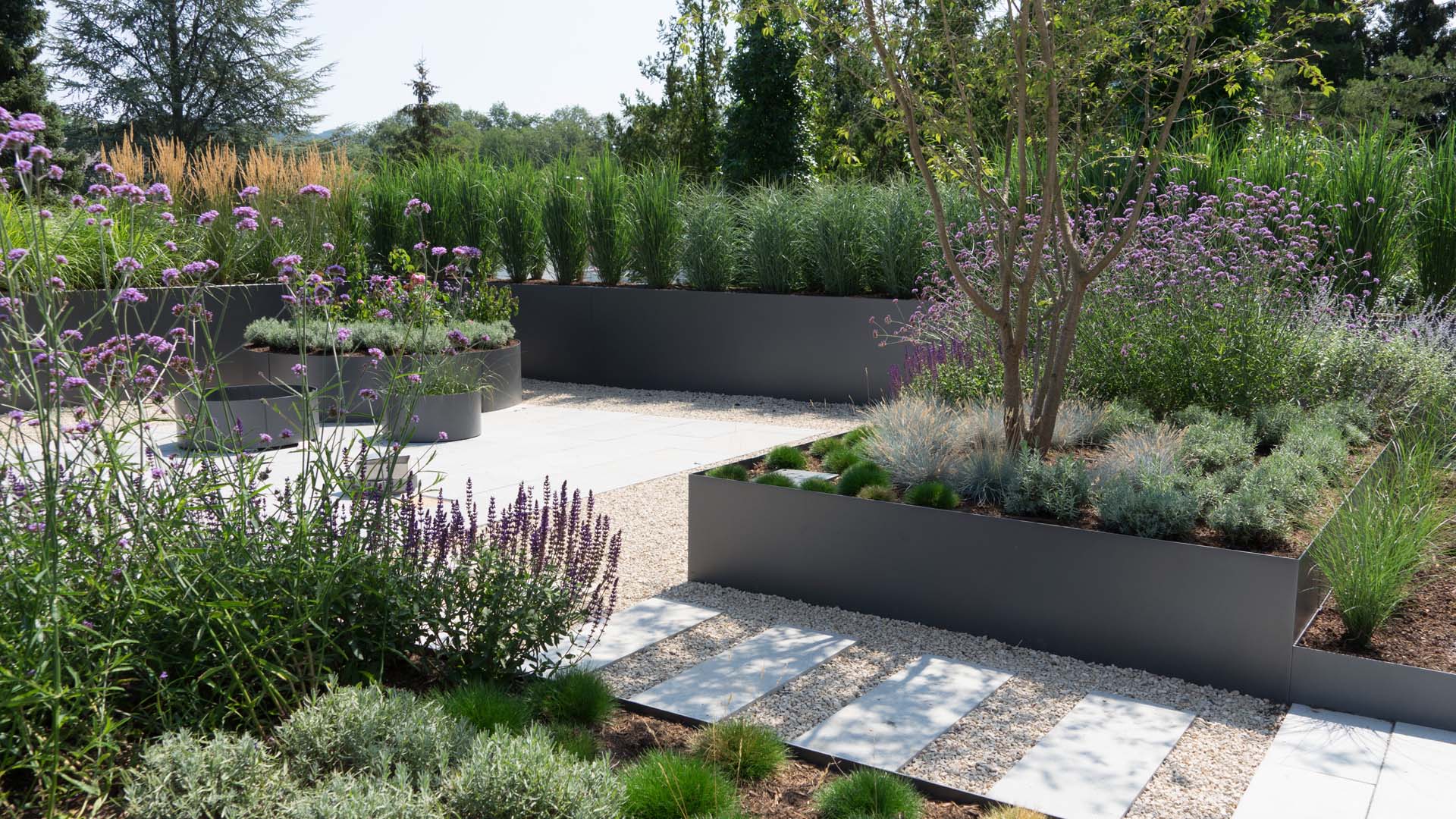
Love your garden, but don’t have enough time to look after it? We’ve got many ideas to reduce your work load.

Our best trees for small gardens offer character and colour.
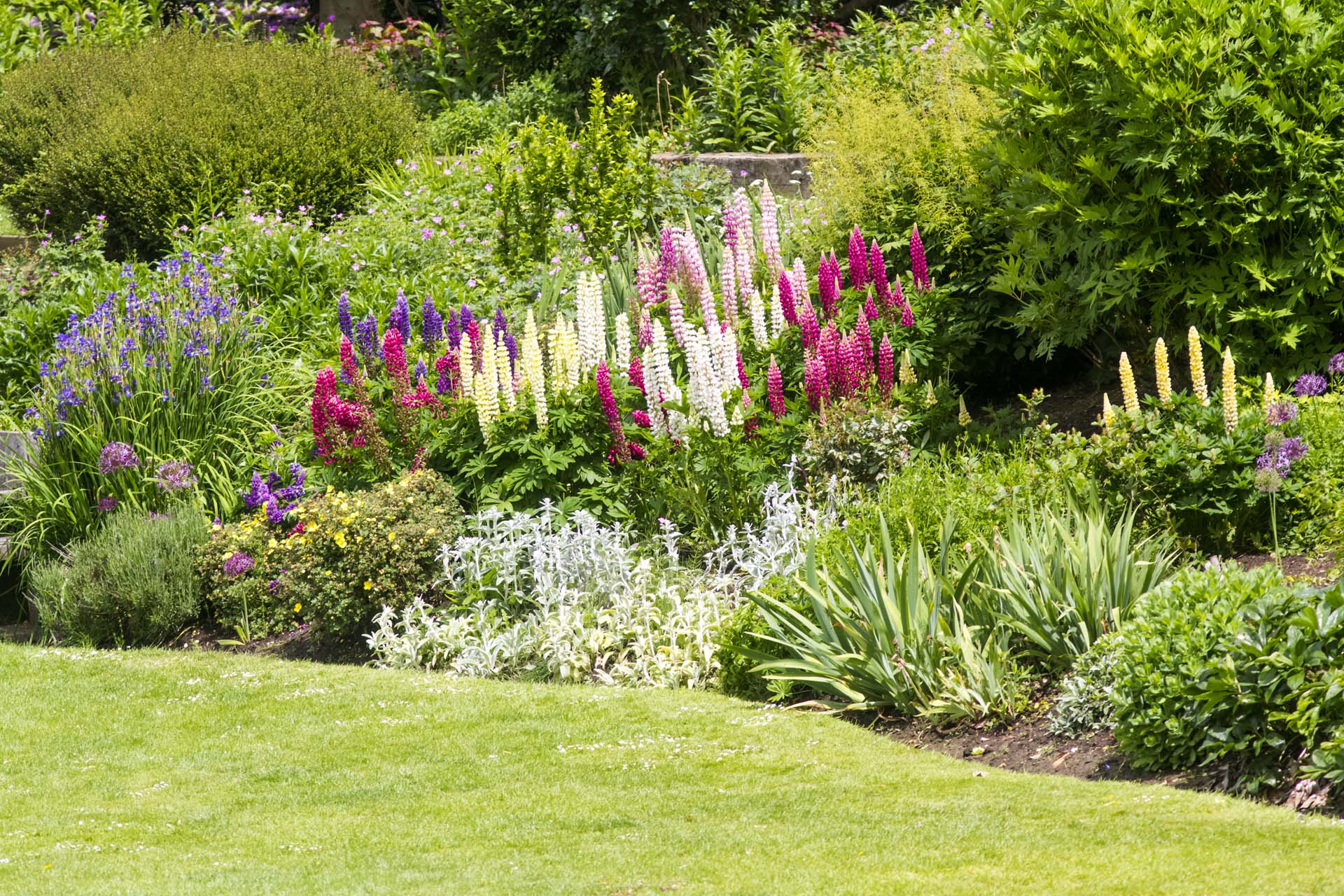
Create a beautiful border with minimum effort.
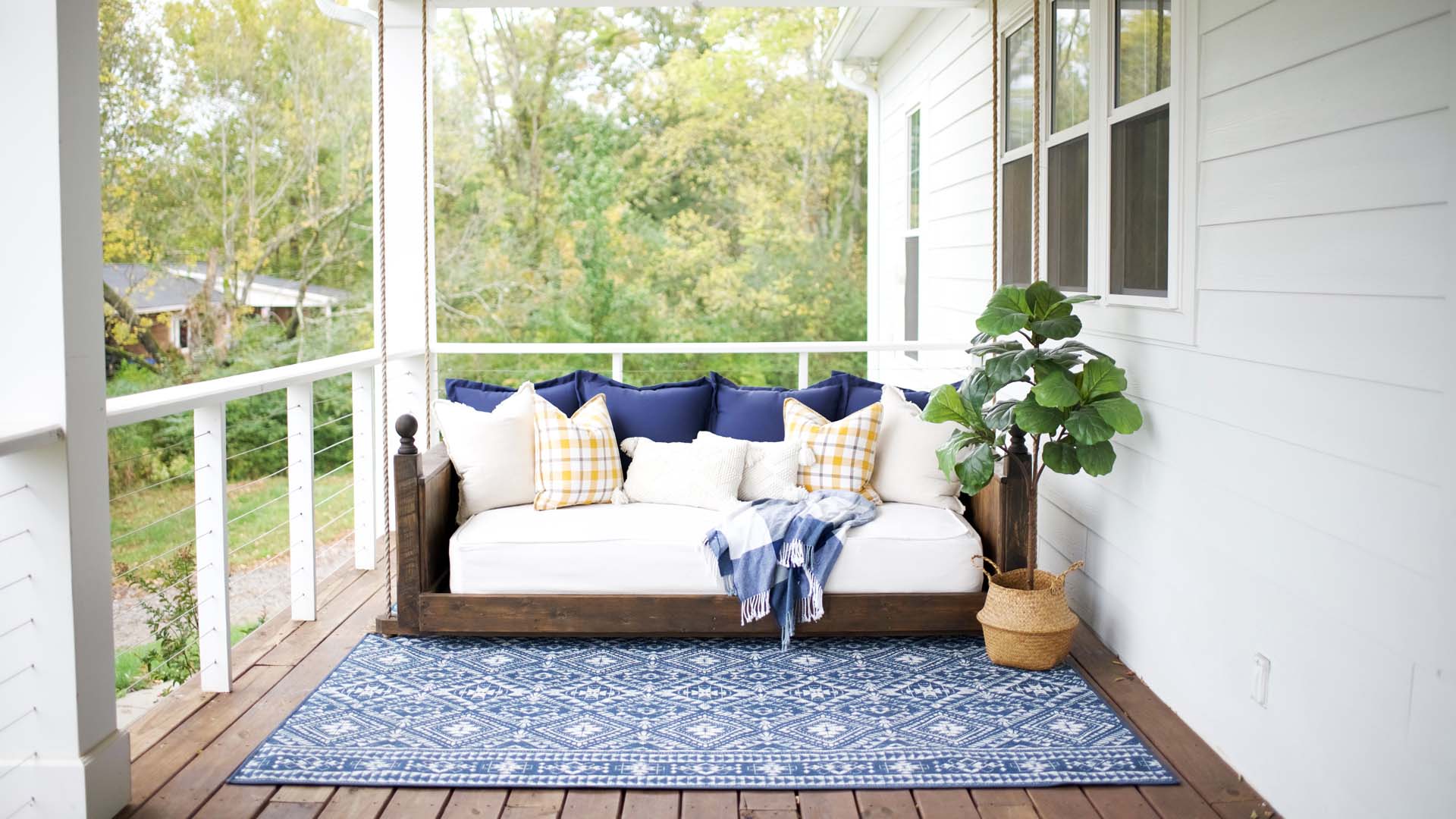
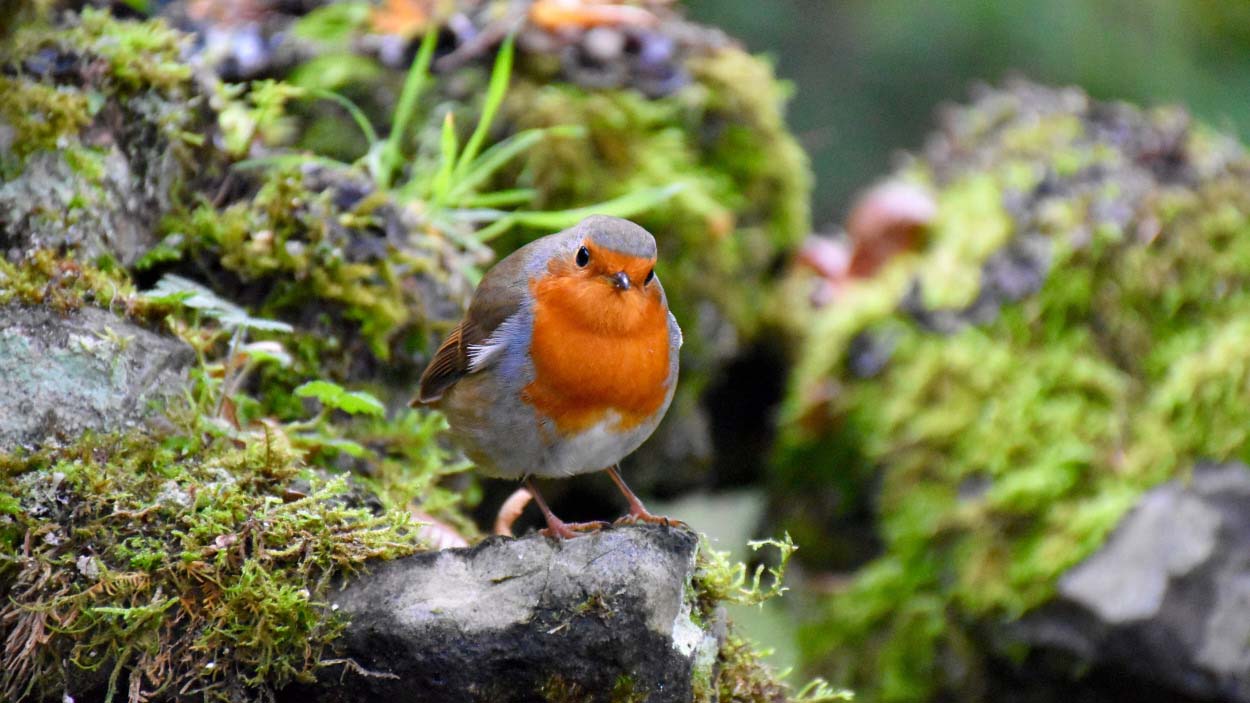
Try these clever ways with rocks, pebbles and boulders to transform your terrain.
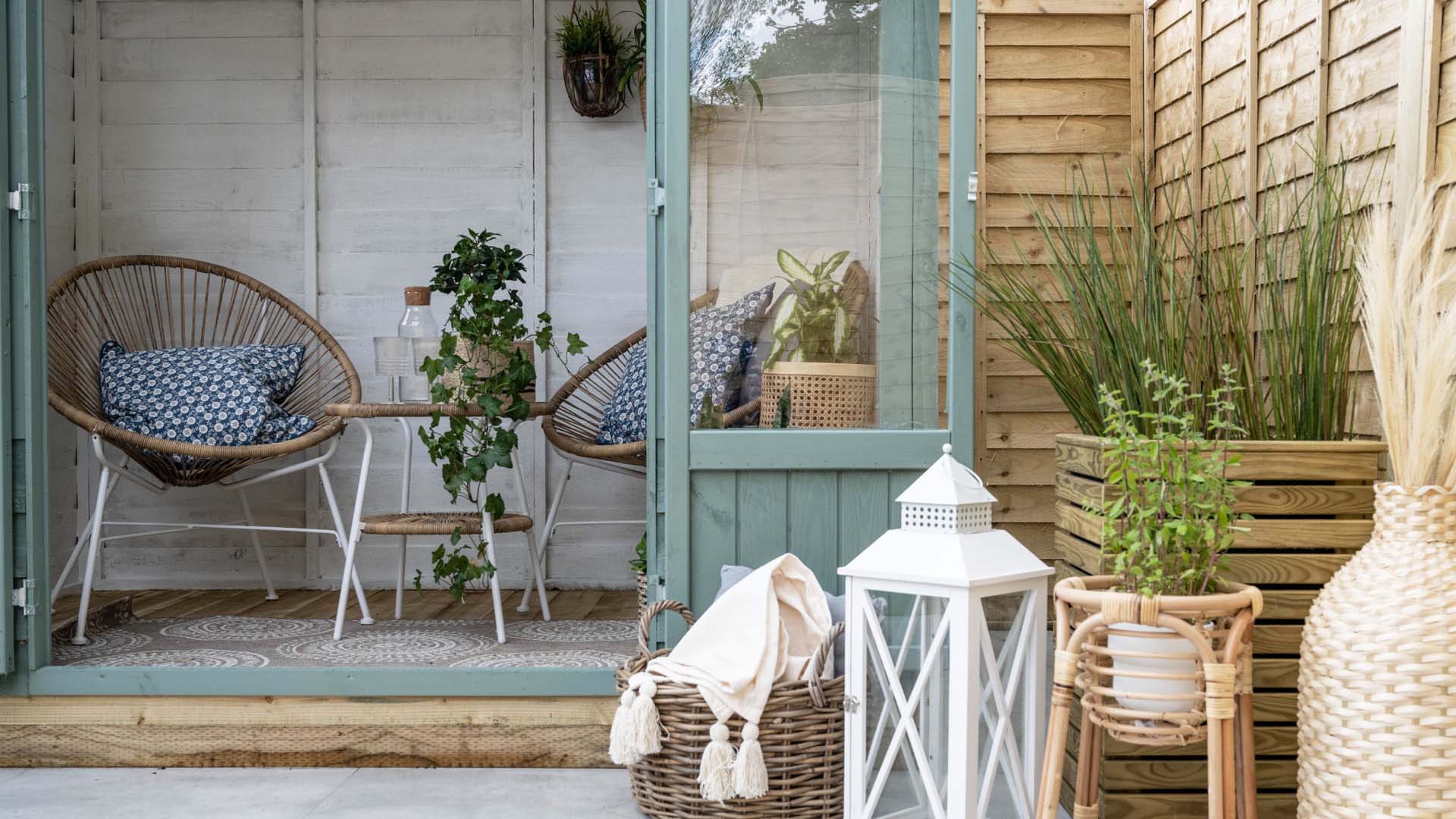
Discover how to make a small garden look bigger with our useful guide that’s crammed with easy tricks, from your choice of floor to the clever use of plants and accessories.

Our garden seating ideas and designs will help you make the best choice for your available outdoor space, with expert tips on keeping your purchases in top condition.
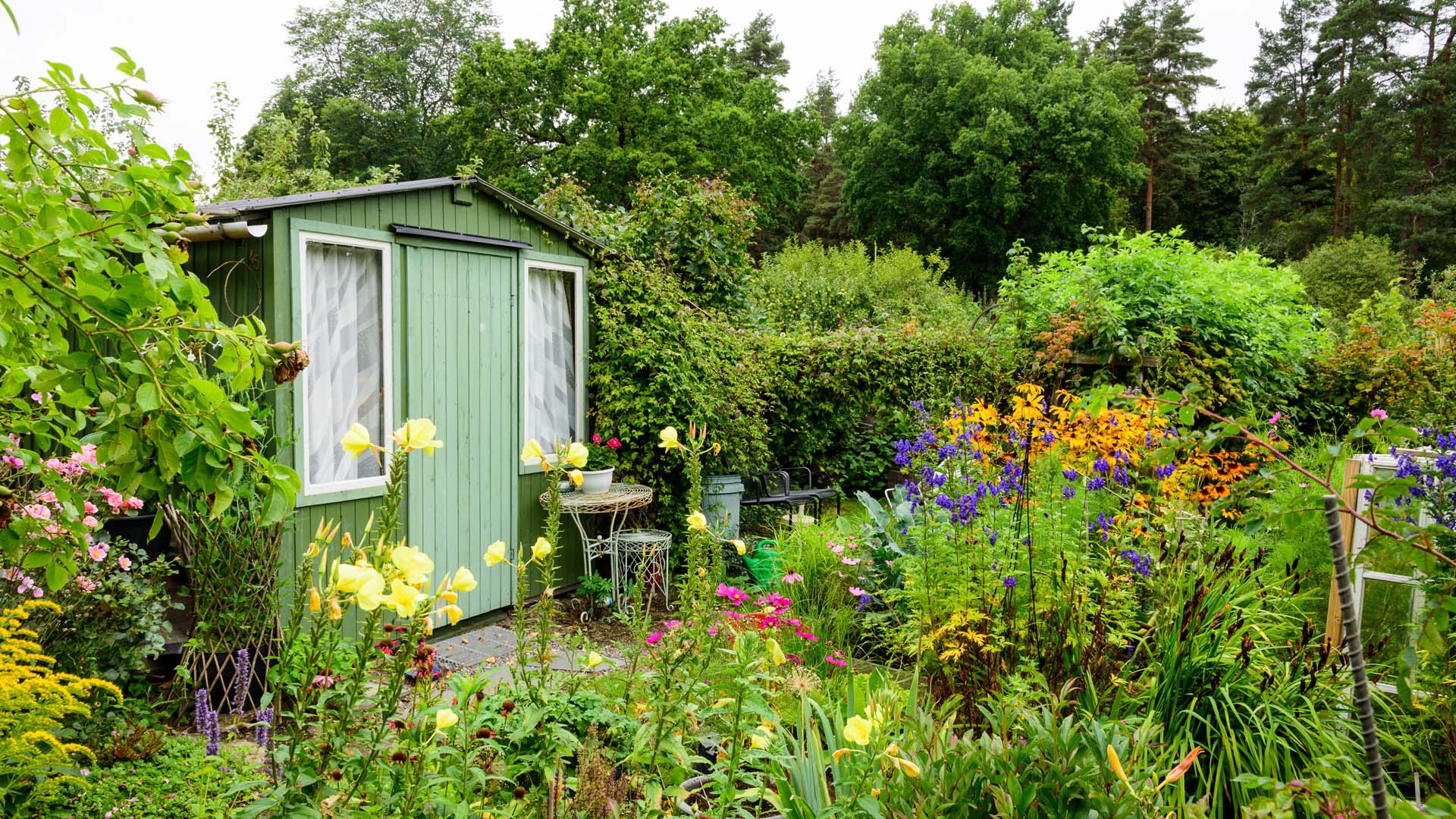
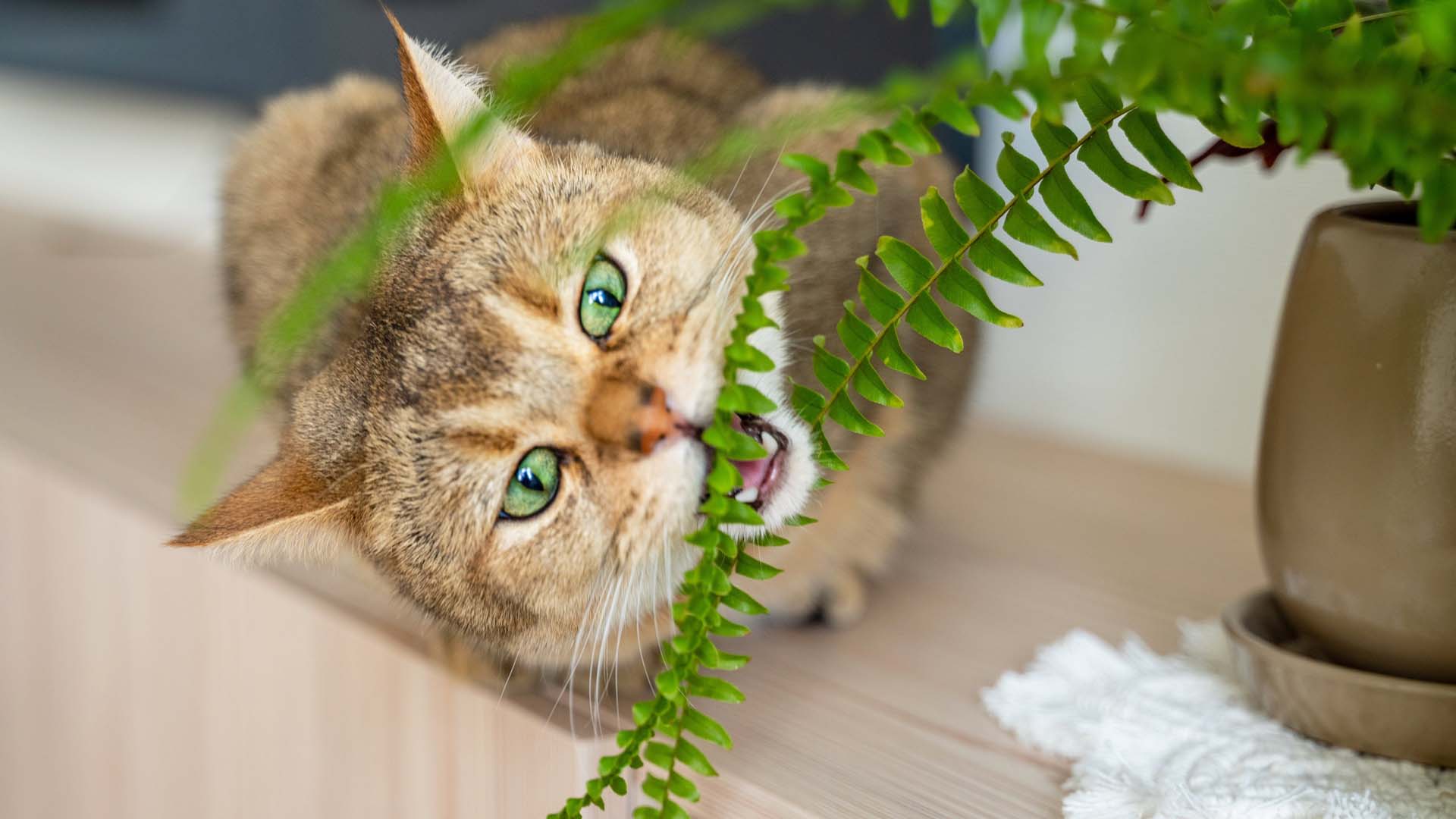
Pots at the ready – these safe houseplants for pets will help your house become tropical, not toxic.
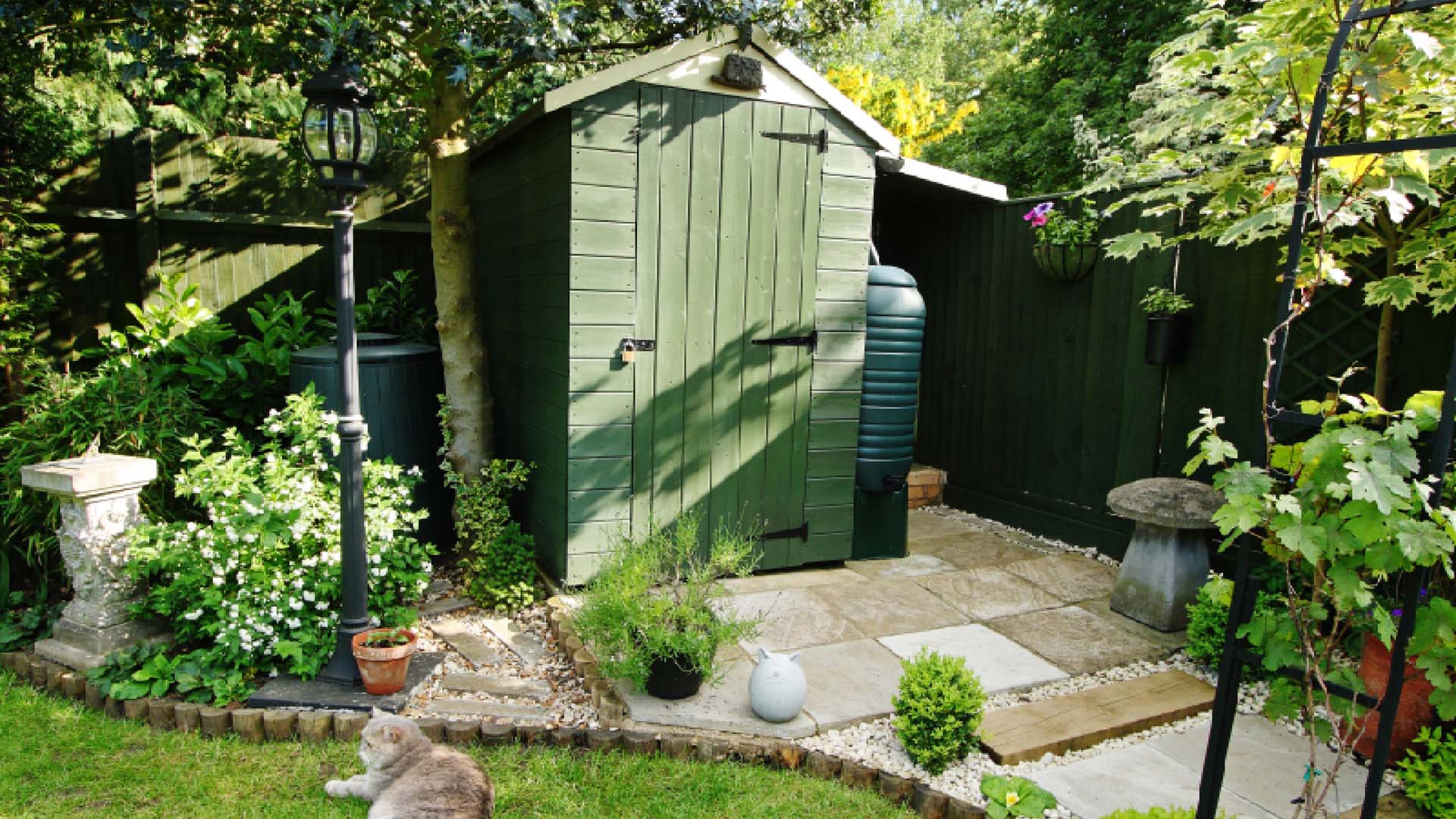
Size, height and where you put it are just some of the factors that will determine whether you’ll need planning permission for a shed.
